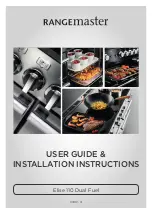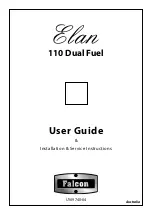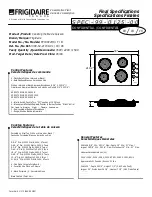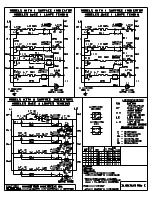
27
o
To test if a cake is cooked, about 5 minutes before the end of
cooking time, put a cake tester or skewer in the highest part of
the cake. If it comes out clean, the cake is cooked.
o
If the cake sinks, next time use less liquid or lower the
temperature by 10°C.
o
If the cake is too dry, make some tiny holes with a toothpick and
pour some drops of fruit juice or spirits on it. The next time,
increase the temperature by 10°C and set a shorter cooking
time.
o
If the cake is too dark on top next time put the cake on a lower
shelf and cook it at a lower temperature for longer.
o
If the top of the cake is burnt, cut off the burnt layer and cover
with sugar or decorate with cream, jam and confectioner’s
cream.
o
If the cake is too dark underneath next time place it on a higher
shelf and cook it at a lower temperature.
o
If the cake or bread is cooked nicely outside but is still uncooked
inside, next time use less liquid and cook at a lower temperature
for longer.
o
If the cake will not come out of the tin, slide a knife around the
edges, place a damp cloth over the cake and turn the tin upside
down. Next time, grease the tin well and sprinkle with flour or
bread crumbs.
o
If the biscuits will not come away from the baking tray, put the
tray back in the oven for a while and lift the biscuits up before
they cool. The next time use a sheet of baking parchment to
prevent this happening again.
Cooking tips for meat
o
If, when cooking meat, the time needed is more than 40
minutes, turn the oven off 10 minutes before the end of cooking
time to exploit the residual heat and save energy.
o
Your roast will be juicer if cooked in a closed pan. It will be
crispier if cooked without a lid.
o
Normally white meat, poultry and fish need medium
temperatures (less than 200°C).
Summary of Contents for BCE1020SS
Page 1: ...1 y BCE1020SS 100 cm BCE920SS 90 cm Twin cavity electric slot in cooker...
Page 43: ...43...
Page 44: ...44...
















































